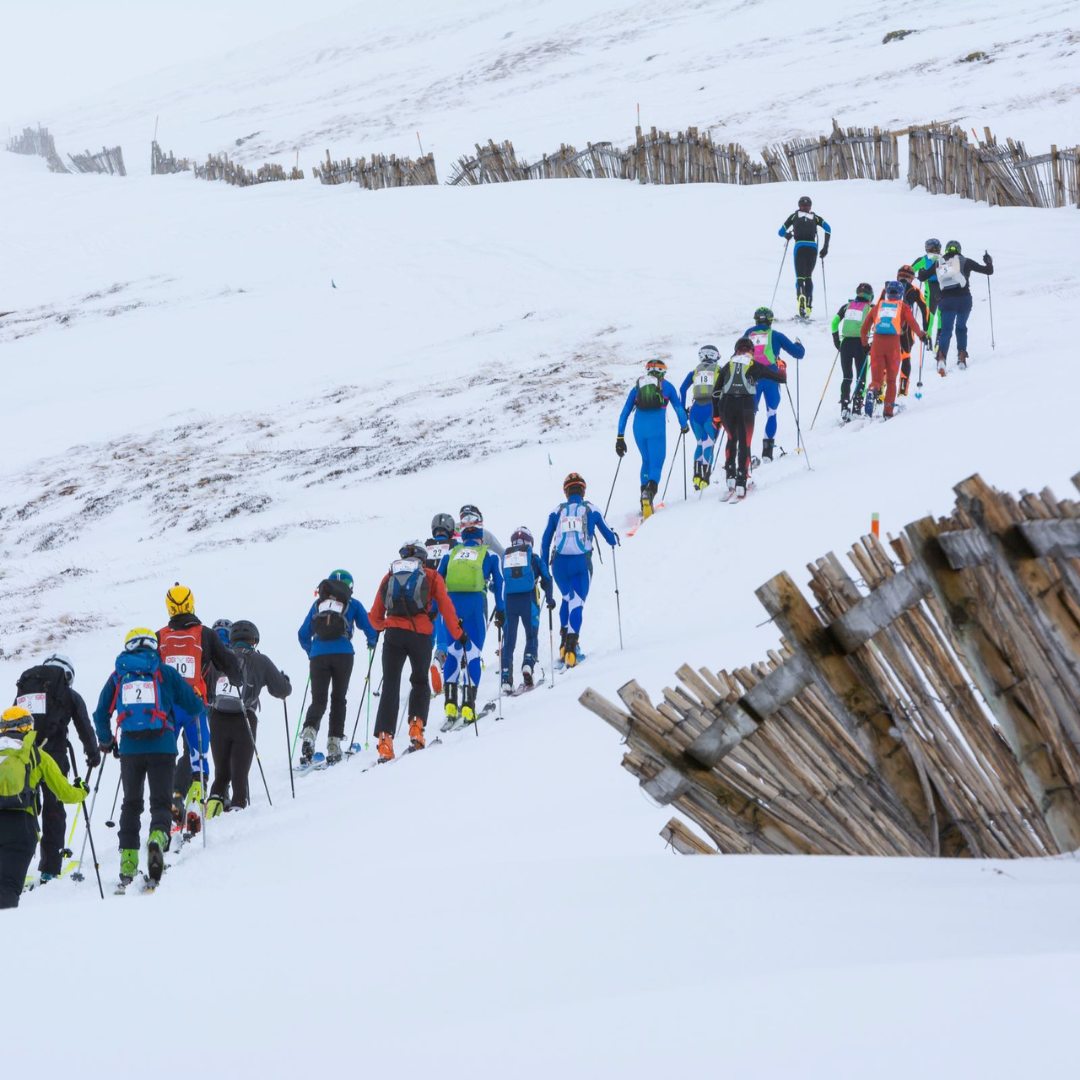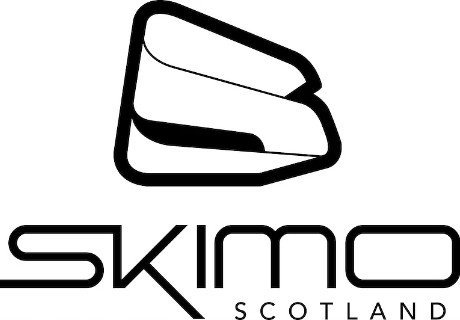
Skimo Racing
Ski touring with a competitive edge…
FORECAST
What is Skimo Racing?
Ski mountaineering racing, better known as Skimo, is the competitive side of recreational ski touring. Competitors compete over a set course with various transitions, including skinning uphill, skiing downhill and boot pack sections depending on the race discipline.
Skimo Scotland has modified the format of international Skimo to suit the Scottish mountain environment, and whilst the sport is still firmly rooted in its international beginnings, the domestic races provide the opportunity for recreational tourers to experience Skimo for the first time, as well as providing more experienced racers with a chance to compete in the UK.
Where to Start?
Any competent recreational ski tourer can experience the joy of Skimo, already having the equipment and skill set required. In basic terms, Skimo is ski touring with a sense of urgency where it’s probably not appropriate to stop for a lunch break and have photo opportunities - i.e. it’s a race.
Most Skimo racers start as recreational tourers AKA the heavy metal division, but soon see the benefits of specific Skimo equipment, which is significantly lighter. The best way to learn about the sport, and the community, is to take part in a race where you will learn from seasoned Skimo racers.
Skimo Scotland has been organising the Scottish racing scene since 2012. Skimo Scotland is the leader in the space, visit their website to find out detailed information on upcoming races and any other Skimo features.
Skimo Equipment
Skimo equipment is effectively the same as touring equipment. However, everything is stripped down as much as possible, weight saving is the priority! Touring equipment is used but the slimmest version possible. Touring skis have special touring bindings, these bindings allow the user to ski the skis just like alpine bindings do when skiing downhill. However, when it comes to “uphill” mode or skinning uphill, touring bindings allow the heel of the boot to be released but the toe stays attached. This allows the user to raise their heel and slide the ski along the snow all without lifting the ski from the snow.
To “slide” uphill you can attach “skins” to the sole of your skis or split snowboard. Touring skins are like natural animal fur in that they lay smooth and flat if brushed in one direction but are rough and grippy if pushed in the other direction. With skins attached to the bottom of the skis, these enable the skis to grip the snow and not slide backwards as you ascend the slope.
Scottish Races
Internationally, Skimo disciplines consist of individual, team, sprint, relay and vertical races - all unique in their own way. In Scotland however, we only race as individuals but we add our own twist in the two races we run each season.
The Lecht race is a short course with minimal ascent/descent (c.110m) where racers have 90 minutes to complete as many laps as possible in the allocated time. There is a skinning uphill section, a skiing downhill section and possibly a boot pack section (where racers strap their skis on their backpacks) and run - we call these transitions.
The Glenshee race is a more traditional course where it is a set course (distances vary but this can be up to 10km long) with greater ascent/descent (c.800m) and multiple transitions.
DYNAFIT GLENSHEE - 16TH MARCH 2024
The Glenshee race is a more traditional course where it is a set course (distances vary but this can be up to 10km long) with greater ascent/descent (c.800m) and multiple transitions. This will be the host of the British Skimo Championships on Saturday 16th March 2024.
To register please click here


